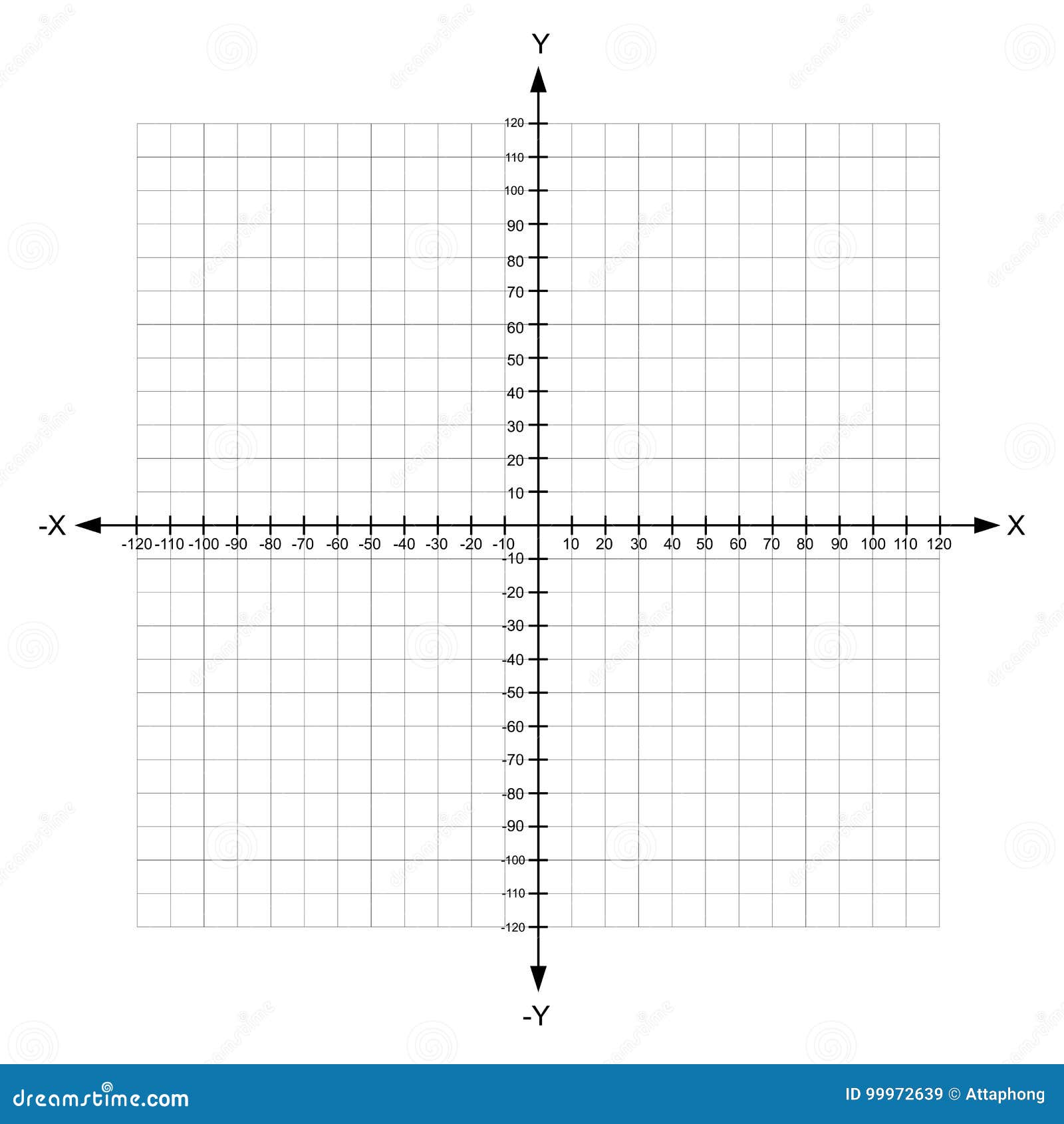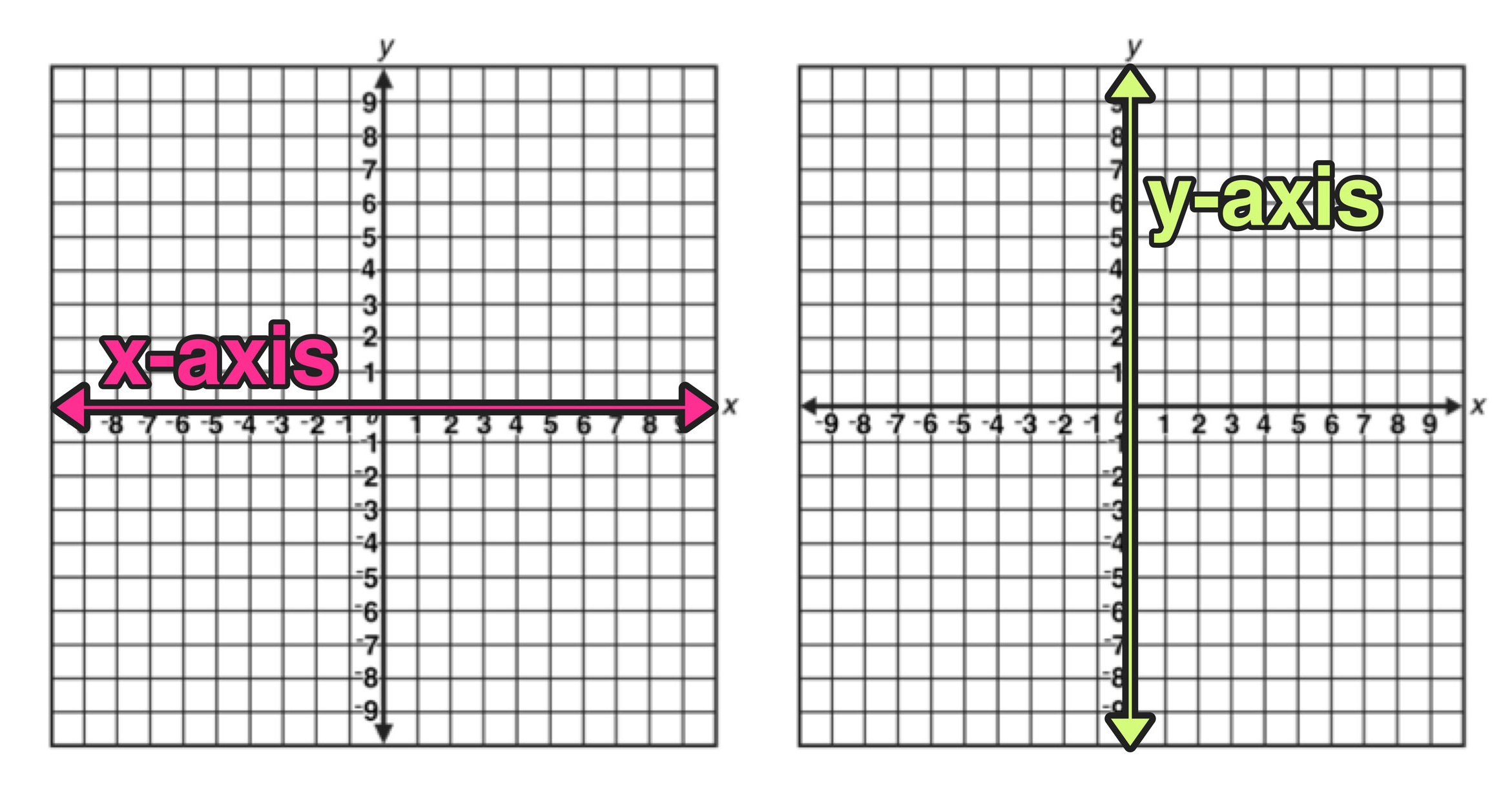
They are known as the coordinate axes and the point where they meet on the coordinate plane is called the origin. On a Coordinate plane, the horizontal axis is the X-axis and the vertical is the Y-axis. The x-axis is usually the horizontal axis, while the. The x-axis and y-axis are the two perpendicular lines that are a part of the Cartesian Coordinate System. In the figure below, the faces of the rectangular box are formed by the three coordinate planes x = a, y = b, and z = c and x = 0 in the yz-plane, y = 0 in the xz-plane, and z = 0 in the xy-plane. The x-axis and y-axis are axes in the Cartesian coordinate system. Here is a little trick to help you remember.

I'm sure you've heard that a million times, but it might hard for you to remember which one is which. The x -axis is a horizontal line and the y -axis is a vertical line. The Cartesian product of R 3 = RR R=, which is the set of all points in R 3 whose z-coordinate is 3.In general, if k is a constant, then x = k represents a plane that is parallel to the yz-plane, y = k is a plane parallel to the xz-plane, and z = k is a plane that is parallel to the xy-plane. The x-axis and y-axis are two lines that create the coordinate plane. The xy-plane contains the x- and y-axes and its equation is z 0, the xz-plane contains. The x-axis is a horizontal line and the y-axis is a vertical line. The three coordinate axes determine the three coordinate planes. Similarly, R(0, b, c) and S( a, 0, c)are the projections of P onto the yz-plane and xz-plane, respectively as shown in the figure below. The x-axis and y-axis are two lines that create the coordinate plane. Point Q is called the projection of P onto the xy-plane. We start by drawing a perpendicular from P to the xy-plane to get point Q with coordinates ( a, b, 0). The point P( a, b, c) determines a rectangular box as in the figure below. For this purpose, we begin at the origin O and move a units along the x-axis, then b units parallel to the y-axis, and then c units parallel to the z-axis as shown in the figure below: The pegs can be used to graph points in one or all four quadrants, and show geometric translations, rotations, reflections, data in bar or line graphs, and much.

Co-ordinate Geometry: Basic Reflection of Points in X, Y Axis and the line. Therefore, the location of point P( a, b, c) can be marked by mapping the XYZ octant. Trigonometry, Euclidean and Analytic Geometry, Probability, Game Theory.

Therefore, a, b, and c are the coordinates of P. The point that is plotted has coordinates (1,3). We represent the point P by the ordered triplet (a, b, c), where a,b and c are real numbers. The horizontal line labeled x is called the x-axis and the vertical line labeled y is called the y-axis. In this place, let a be the (directed) distance from the yz-plane to P, let b be the distance from the xz-plane to P, and let c be the distance from the xy-plane to P. In a 3D plane, assume that P is any point in space.


 0 kommentar(er)
0 kommentar(er)
